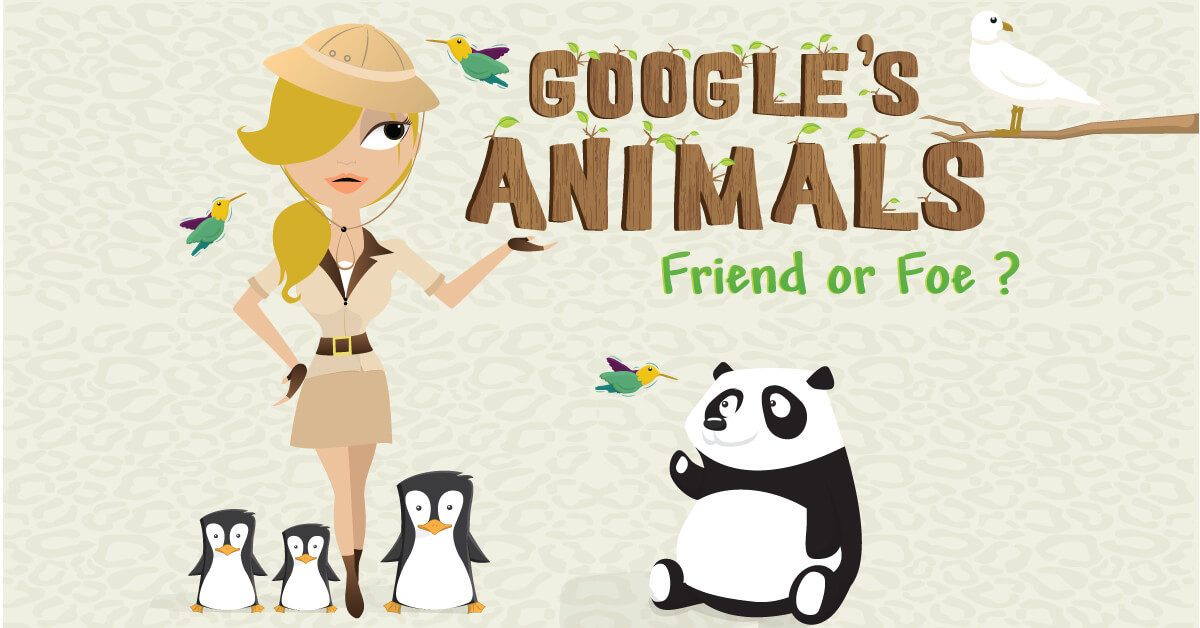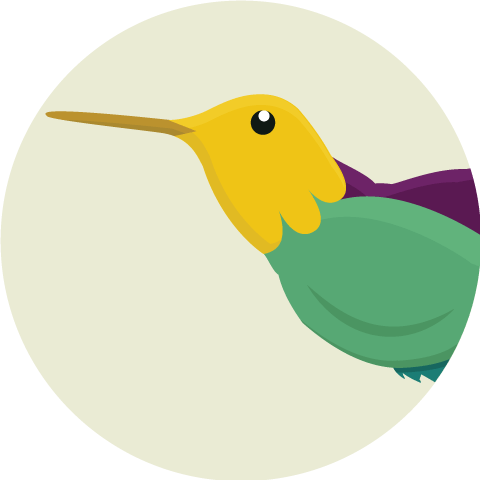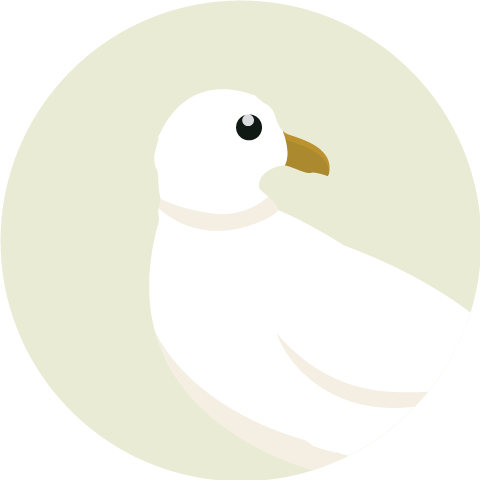Google’s SEO Animals! – Friend or Foe?

SOMS Web is Perth’s Leading SEO consultancy firm, our team of expert SEO professionals are happy to consult and provide SEO services to you directly.
If you are learning about DIY SEO, it is very important to know that there are strict rules in every search engine on the planet. However in this topic, we are only talking about the biggest search engine, Google, and its algorithm “Policing Animals” that is protecting their kingdom (search engine) in general. The main objective of these policing are simple, which is to give the best and relevant results for the Google search audiences.

PANDA
What is a Google Panda?
Panda algorithm was released in February 2011. The purpose of Panda is to demote the rank of low quality sites and helping high quality sites appear higher. Websites that are full of spam, lots of advertisements, and copied materials are considered lower than websites that have good, original, and unique content.
Is it a friend?
In most of the cases, yes. As a user, we want to read informative, original and less spam loaded content. Panda helps readers to find relevant high quality content during Google Search and the spamming, poorly written content will be penalised then it won’t rank or will be at the bottom of the search result page.
Is it a foe?
Not really. With Panda around, SEO practitioners have to think about user engagement. They have to put a lot of effort in to creating high quality content to the audience. The possible advantage is the SEO practitioner might be rewarded with user comments, article shared, proper natural backlinks, and reputation. It means the site will rank higher and stay high in Google Search results. However, exploitation of Panda is still possible. Limited spam on sites, copy and edit original contents, limited ads injection, or any other grey hat practices are still happening. Panda is not perfect, but without it, Google Search is definitely a mess.

PENGUIN
What is a Google Penguin?
Penguin is a codename for a Google algorithm that was rolled out on April 24, 2012. The objective is to reduce the trust of sites that involved in backlinks manipulation for getting advantage in Google search results. This kind of link schemes is monitored by the Penguin.
Is it a friend?
Yes, for users. Backlinks is one of the most important ranking factors for SEO. Without Penguin, people can spam lots of backlinks to their sites, whether it is coming from forums, blogs, social media, etc. This manipulation method was done a lot years ago and Google Search users got bad results when searching things. After Penguin was introduced, the search results started to become better and relevant to the users.
Is it a foe?
Definitely for Black-Hat SEO practitioners. Fortunately for lots of people, this cheap scheme is finally gone and makes it fair for SEO competition and practitioners. However, there is no perfect system or algorithm in the world. People can still exploit the weakness of Penguin by doing backlinks slowly and steady to make it natural in Penguin eyes. But at least with Penguin around and Google efforts to perfecting it from time to time, user experiences are starting to get better results of Google Search.

HUMMINGBIRD
What is a Google Hummingbird?
Hummingbird algorithm was released in August 2013. It tries to find out the intent of Google Search users, especially questions, and give them the direct answers or show them the relevant sites. Hummingbird is intended to interact like a human being, capable of understanding the relationships between keywords and find the real question of user’s input. Hummingbird is a part of Google Knowledge Graph and will be develop rapidly in the future.
Is it a friend?
It is when it is fully developed. Because it is still under heavy development and artificial intelligence is a complex one, some answers that being provided by Google Search or Google Voice are not relevant for users. It is a long way to perfect it, but for now it is a friend and a shortcut toward user’s questions.
Is it a foe?
Not at all. Based on SEO communities out there, the release of Hummingbird had very minimum impact for sites. However, there is a new aspect for SEO to follow from now on. Because Hummingbird is intended to give the direct answer for user’s questions, SEO practitioners will have to put quality content about “what, where, who, when, why”. This method will rank the content when Hummingbird is working.

PIGEON
What is a Google Pigeon?
Pigeon was released in July 2014 and become the youngest one of Google Animals. It is tied with local search algorithm and aimed to increase local listing ranking in searches. The location and distance are the key parts of Pigeon along with search features such as Knowledge Graph, spelling correction, synonyms and more. Recently local directory listings are getting preferences in search results.
Is it a friend?
A big yes. Pigeon helps local people to find what they need and give them the relevant results. For example when people search for nearby restaurant, shops, or hospitals, Pigeon will help Google Search to show them the locations, distances, and map, that hopefully relevant with what users wanted.
Is it a foe?
It is another big yes. Local SEO battles has been hot for 2-3 years now. This is another war for SEO practitioner and might involve with different strategy and unusual common SEO practice. A business that relied on local people coming in are the most demanding for this SEO. They understood well that local search are important and they wanted their local business to be seen as long as relevant keywords are input. SEO practitioners have to find out how to register local business properly, how to improve the brand locally, and how to win over the Pigeon. Certainly a new headache for a SEO practitioners.[/div]
If you need help or consultation for SEO, Web Development, and Online Marketing, please feel free to contact our team at sales@somsweb.com.au or call us 1800 811 646.

